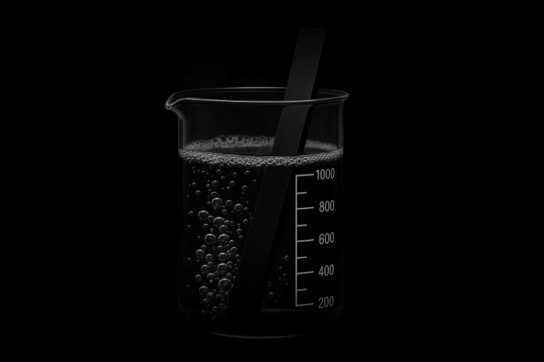Antud teemaks on siis terase kuuma keemilise oksüdeerimisega, mille puhul siis muudetakse detailide pinnakiht mõne mikromeetri sügavuselt keemiliselt passiivseks.
Oksüdeerimise tehnoloogia on iseenesest lihtne- korrosioonist, õlidest, rasvadest ja muust puhastatud teras hoitakse lahuses temperatuuril 120-150oC mis koosneb alljärgnevatest kemikaalidest:
1L pehmet vett
750-800g NaOH3 (seebikivi)
220-240g NaNO (naatriumnitraat)
40-80g NaNO2 (naatriumnitrit)
Kogu see keemia on saadaval Keemiakaubanduse OÜ’st
Lisaks võiks veel olla väävalhapet 96% puhastamiseks
Terasesemeid hoitakse siis lahuses 15-45 minutit vastavalt vajadusele, vahepeal võib teha ka visuaalset kontrolli. Tõstetakse välja, pestakse puhtaks, kuivatatakse ja kaetakse reeglina toore linaõliga, ja hiljem veidi soojendatakse.
Oksiidikihi läiget on võimalik siis muuta NaNO2 kogusega lahuses. Ilma NaNO2-ta tekib matt must oksiidikiht ja selle koguse suurendamisega on võimalik tekitada ja perfektse läikega oksiidikiht.
Oksiidikiht on idee poolest korrosioonikaitse, visuaalne efekt on sellele lisaks. Üldiselt kaitseb sellisel viisil tekitatud oksiidikiht looduses levinud orgaaniliste hapete toime eest. Anorgaaniliste hapete (sool- väävel-, fosfor-jms.) eest oksiidikiht ei kaitse. Oksiidikiht on küllaltki nõrk ja kuluv. Selle tõttu on ka väga palju SÕJAriistu mitte mustad, vaid pigem pruunikad, ehk siis kihiga, mis oluliselt nõrgem musta oksiidikihi tugevusest. Oksiidikiht on küllaltki nõrk ja kuluv. Militaarsel masstoodangul on ainult oksiidikiht. Pisematel asjadel aga kaetakse oksiidikiht kõikvõimalikuga- alates linaõlist ja mäevahast, lõpetades lakkidega.
Hoiatused:
Seebikivi on sööbiv, kuumalt äärmiselt ohtlik!
Kuuma seebikivilahusesse ei tohi mitte mingil tingimusel lisada vett! Vee lisamisel üle 100-kraadisesse keskkonda hakkab lisatav vesi momentaalselt keema ning võib pitsida seebikivi kuuma lahust isegi 6-7 meetri kaugusele!!!
Naatriumnitrit (NaNO2) on mürgine!
Oksüdeerida saab üksnes terast! Alumiinium-, messing-, vask- või muudest metallidest-sulamitest detaile ei tohi lahusesse panna, need sööbivad, ehk siis “lahustuvad” lahuses täielikult, muutuvad ühesõnaga olematuks!
Oksiidikihi värvustest muidugi niipalju, et mangaanoksiidi või mõne muu soola abil saab oksiidikihile anda igasugu toone- kuldseid, pruunikaid, sinakaid või milliseid tahes, samuti saab ilusa pruuni värvi oksiidikihi ka tehnoloogilise praagina- kui lahuses protsessi ajal “toimeained otsa lõpnud”.
Oksüdeerimiseks on parim r/v anum. See ei purune, kannatab kuuma ning ei võta reaktsioonist osa.
Enne oksüdeerimist tuleb detailid dekapeerida, ehk siis lühiaegselt hoida 5% väävelhappelahuses, pesta külma veega, pesta kuumas majapidamisseebi lahuses ning panna eelnevalt kuumutatud lahusesse (koos lahusega nullist kuumutamine ei ole hea, detaili pinnal tekib uus korrosioonikiht- seesama, millise eemaldamiseks dekapeerimist kasutatud!)
Rooste (Fe2O3xnH2O) ei oksüdeeru! See tähendab- igasugused eemaldamata ja sissesöönd roostelärakad jäävad nii pinnalt kui põhjast muutmatul kujul alles ning ussitavad uhkesti edasi! Oksüdeerida saab ainult puhast terase pinda!

